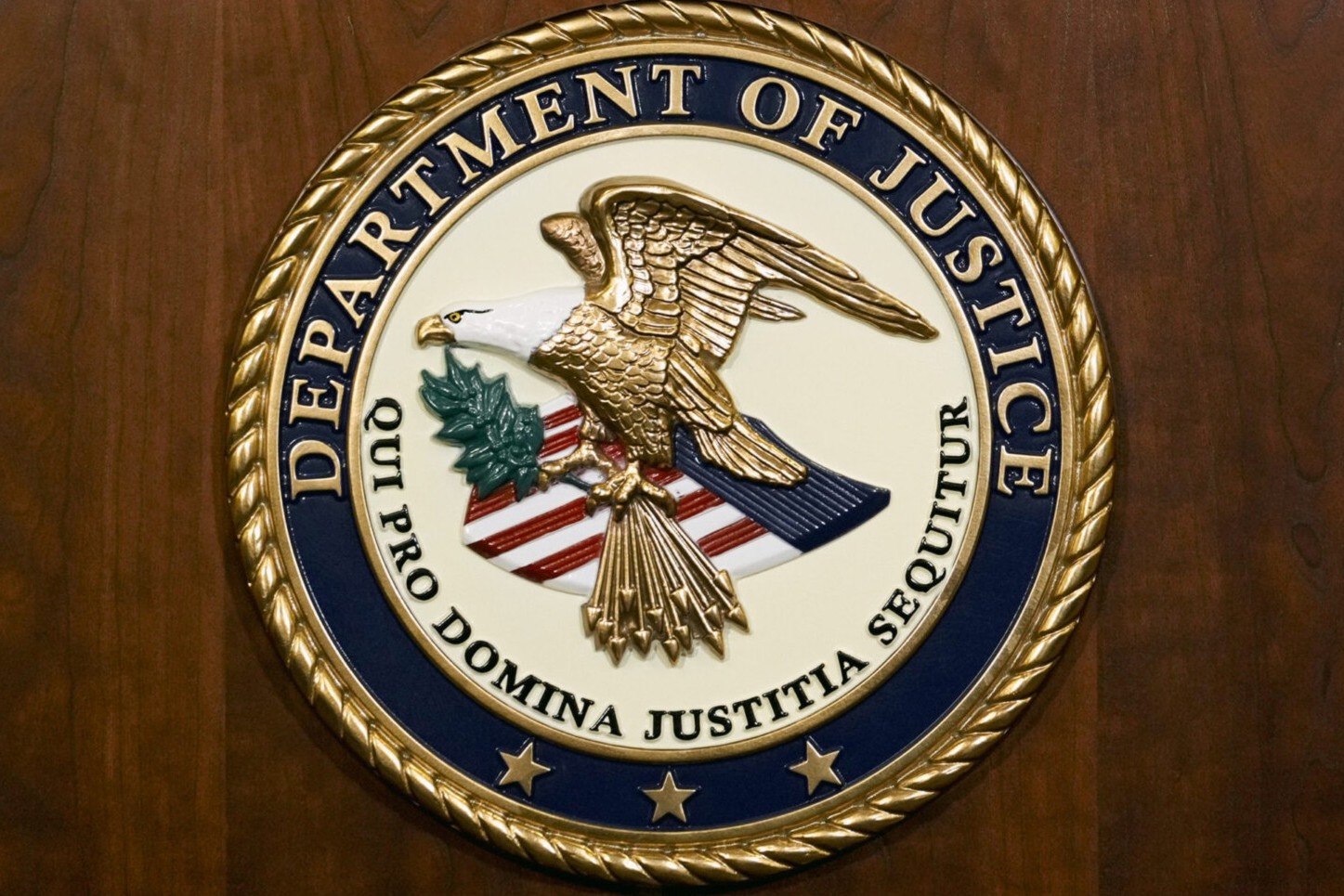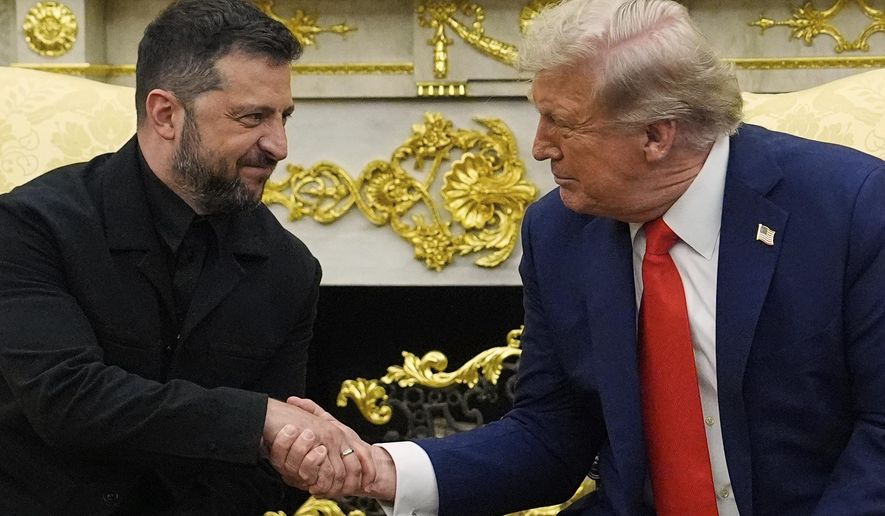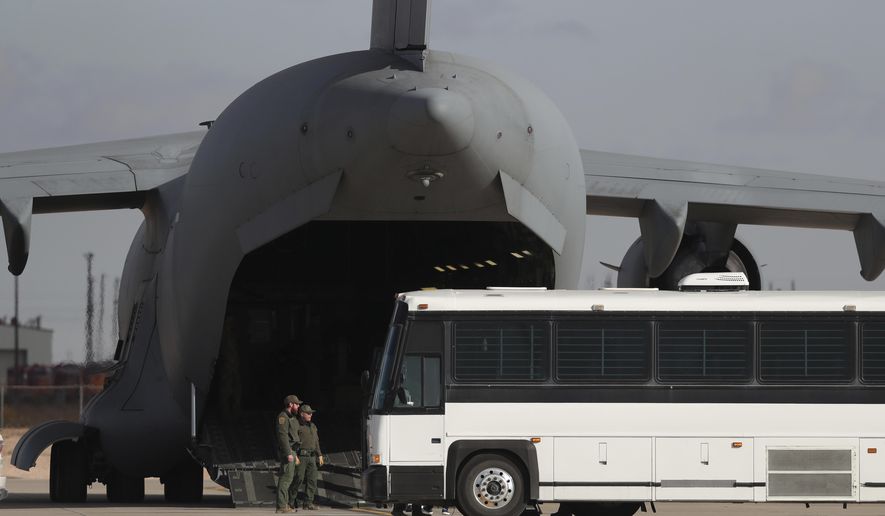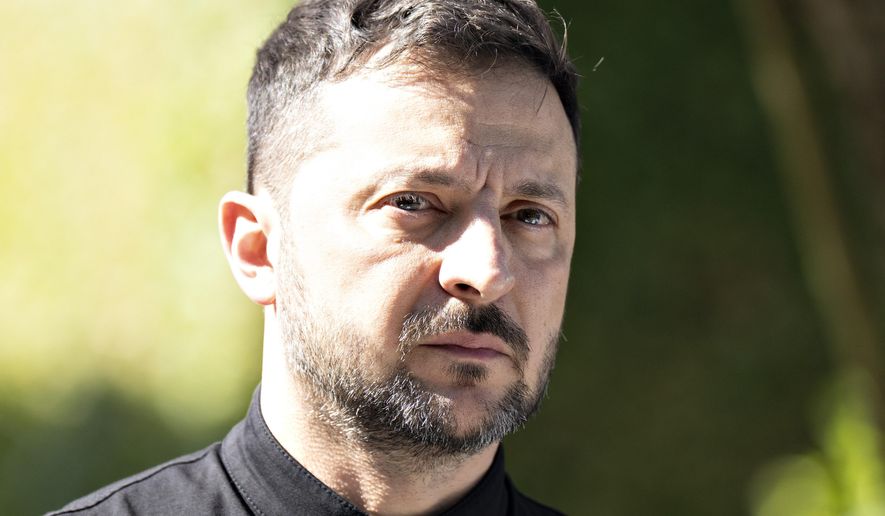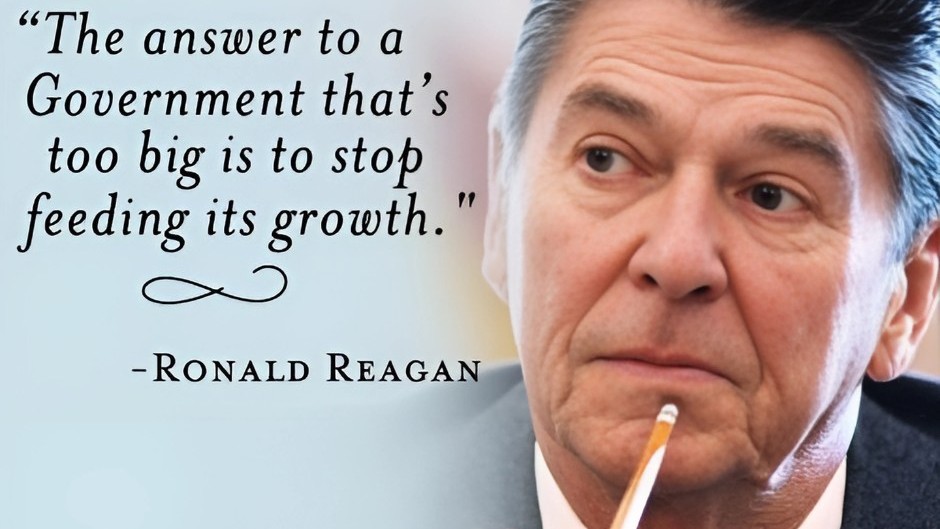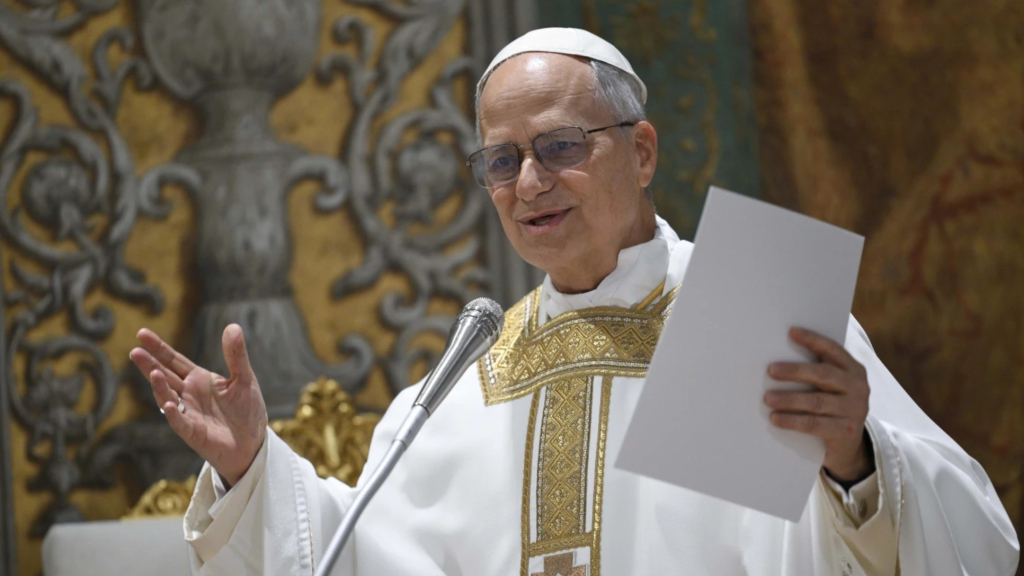
Emma Ayers & Eric J. Lyman | May 9, 2025
(The Washington Times) — The Catholic Church for the first time will be led by an American after Cardinal Robert Francis Prevost of Chicago was elected Thursday by his colleagues to be the Vatican’s 267th leader. He chose to be called Pope Leo XIV.
Speaking in lightly accented Italian, Pope Leo called for peace and said the church had to move forward “united … [and] without fear.”
He prayed for wisdom and went out of his way to thank his predecessor, Pope Francis, a possible sign of the type of pontiff he imagines himself to be.
At several points during his remarks, the 69-year-old pope appeared to choke back tears, and his voice seemed to tremble with emotion.
“We must seek to be a missionary church,” said Leo, echoing Francis’ emphasis on inclusiveness. “We must be a church that builds bridges and seeks dialogue.”
He is a citizen of the U.S. and Peru and reportedly speaks seven languages. In his first 25-minute address as pope, Leo spoke in Italian, Spanish and Latin but, notably, not in English. In some circles, he was considered as much a Latin American cleric as one from the U.S.
Though Leo is clearly on the progressive side of the theological spectrum, it was not immediately clear whether he shared Francis’ most liberal views on homosexuality and the role of women in the church.
In his remarks, Leo called himself “a son of St. Augustine,” the influential church figure from the fourth and fifth centuries. Augustine believed humans were inherently flawed and could attain righteousness only through faith.
He shares his admiration for Augustine with Vice President J.D. Vance, who said the saint’s teaching helped persuade him to convert to Catholicism in 2019.
That did not prevent then-Cardinal Prevost from criticizing the vice president for arguing that the ancient Catholic doctrine of “ordo amoris” (Latin for “ordered love”) helped justify the Trump administration’s crackdown on illegal immigrants and dramatic cutbacks on foreign aid.
Cardinal Prevost, known for speaking candidly on political matters, was blunt in his criticism. “J.D. Vance is wrong,” he wrote earlier this year. “Jesus doesn’t ask us to rank our love for others.”
Cardinal Prevost served as a missionary in Peru in the 1980s and returned to the country after Pope Francis appointed him bishop of the Peruvian port city of Chiclayo in 2014 and then in 2020 as the apostolic administrator of the Diocese of Callao, near the Peruvian capital of Lima.
He had been mentioned in a handful of instances as at least a long-shot candidate to become pope. He was not well known and was far from a favorite going into the conclave despite holding a high-profile role since 2023 as the prefect of the Dicastery for Bishops, an oversight body.
The Rev. Thomas Reese, a senior analyst with Religion News Service, said Cardinal Prevost was born in Chicago, which made him seem less viable as a candidate.
“If Prevost was Italian, he’d have been on everyone’s short list because of his background,” Father Reese told The Washington Times. “Most of us thought a U.S. cardinal would never become pope, but Prevost got strong support from cardinals from Latin America, where he worked for 20 years.”
The name Leo could be symbolically important. The last pope with that name was Leo XIII, who was pope for 25 years ending in 1903. He was known for helping modernize the church while it grappled with urbanization and industrialization.
When Cardinal Prevost’s name was read, commentators and the tens of thousands of faithful in the square greeted it with questioning gazes. When he appeared on the balcony of St. Peter’s Square and began speaking, thunderous applause erupted.
Pope Leo appeared on the central balcony of St. Peter’s Basilica about an hour after white smoke wafted from the chimney of the Sistine Chapel, where 133 cardinals had been sequestered since Wednesday to elect a new leader. During the pause between the white smoke and the pope’s initial appearance, the tens of thousands of faithful gathered in the square sang soccer chants and waved oversized flags from around the world, including the U.S. Few expected the next pope to be American.
Those gathered in St. Peter’s Square before the white smoke appeared said they hoped for a uniting figure.
“This is a difficult time in the world,” Kevin Wheeler, a 23-year-old seminarian studying in Rome, told The Times. “I think we need a church leader who can help pull Christians together and lead the church.”
Uniting an increasingly polarized church is expected to be among the pope’s biggest challenges. Conservative U.S. Catholics had been pushing for a pontiff who shared their views. Early indications are that they are deeply frustrated with the selection of another church leader whose views are likely to be broadly aligned with those of Pope Francis, known in circles as “the woke pontiff.”
In an October interview with Vatican News, he said, “A bishop is not supposed to be a little prince sitting in his kingdom, but rather called authentically to be humble, to be close to the people he serves, to walk with them and to suffer with them.”
When asked in 2023 how he addresses dysfunction in dioceses, he told Catholic News Service that he reminds bishops of their oath to “live and work in communion with the Holy Father.”
“The spirit of synodality includes a need and desire to listen to not only the bishop himself,” he added. “But to many people in the diocese to see what’s the best way to promote authentic church in each and every diocese in the world.”







